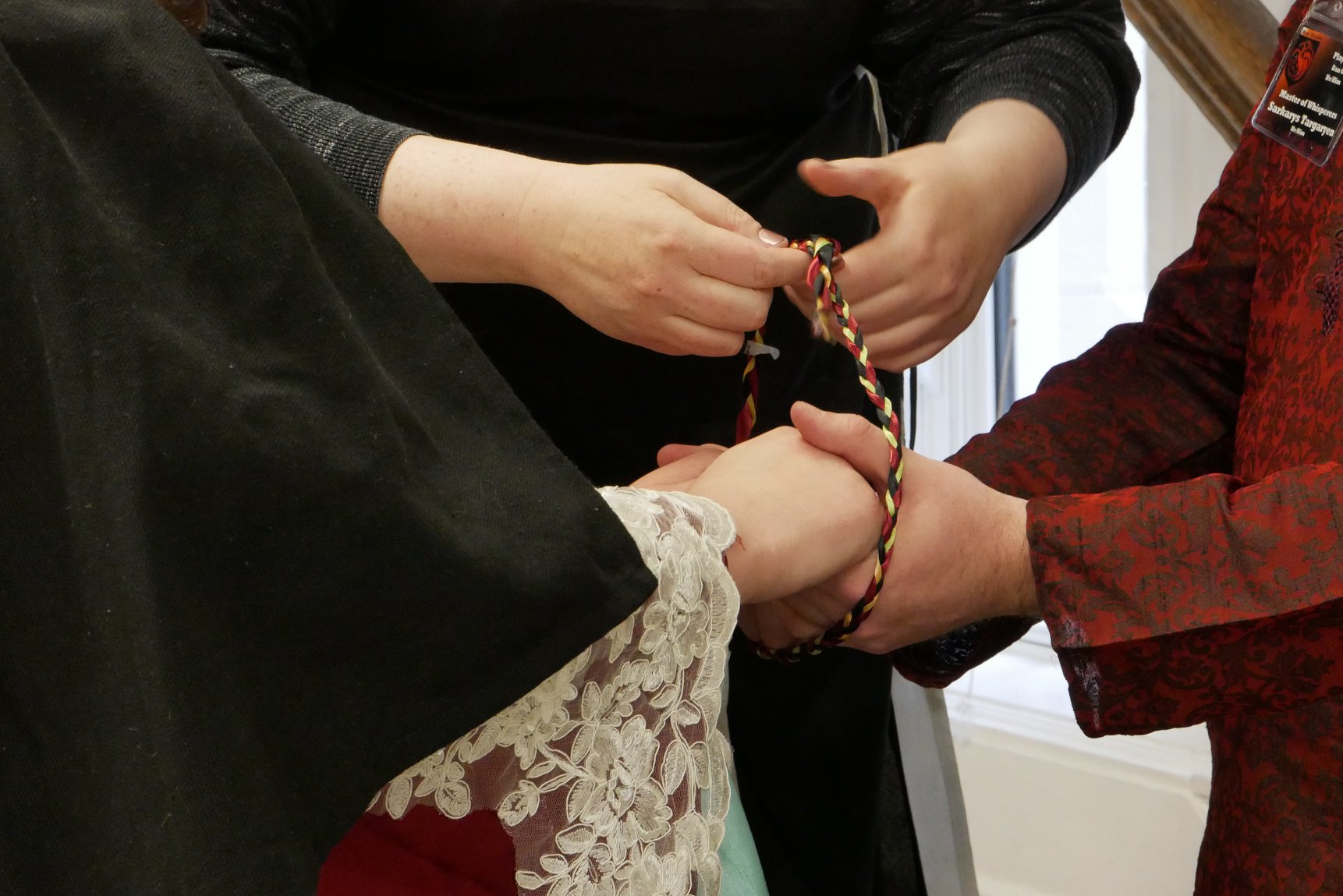Tag: Sex
-

Playing with Eros: Consent, Calibration and Safety for Erotic & Sex Roleplay
in
Erotic games are meant to be played by consenting adults who approach sexual play with openness, honesty, and clarity. The tools and principles outlined here will help you prepare for, play, and debrief from erotic games so everyone involved has a safe, consensual, pleasurable, and fun experience.
-

Sex, Romance and Attraction: Applying the Split Attraction Model to Larps
in
The Split Attraction Model can be used to expand language in describing larps, in setting expectations, and in player negotiations, in order to reduce struggles and misunderstandings.
